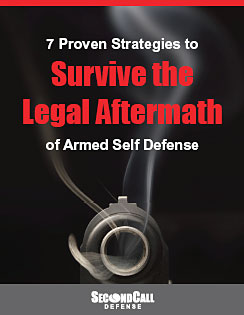Systemic Failures Leading to School Shootings
Drew Beatty
There are many common links between the school shootings that have occurred in the United States. For instance, the shooters are typically young, disaffected males. Many are prescribed psychotropic drugs for depression and other ailments. Most, if not all, are known quantities, meaning that those around them suspected they had violent tendencies and were concerned. We often learn after they commit their horrific crimes that the signs of their plans were there all along. Another common feature in successful mass shooting is a failure of law enforcement and school authorities to act on the signs they were given.
At Columbine High School in 1999, police were made aware that one of the future killers was making online threats to a fellow student, and was also suspected of making and testing pipe bombs. At one point investigators were called to a field where a pipe bomb was found. This bomb matched the pipe bombs being described on the killer’s website. An affidavit for a search warrant was drafted. The search warrant was never executed.
The 2018 murder spree at Marjory Stoneman Douglas High School in Parkland Florida is another example of systemic failure both before and during the shooting. The shooter was known to have had a long history of a troubled past. He was a former student who was banned from carrying a backpack at the school because he was so threatening. The school security team had acknowledged in meetings that the shooter was a known threat. The police were called to his house 39 times over seven years. In September of 2018, a person called the FBI to report that the shooter had bragged on YouTube that he was going to become a “professional school shooter.” The FBI somehow dropped the ball.
When the shooter entered the school he walked past several school security personnel with a rifle bag. Nobody stopped him or activated the established school threat alert system. A student saw the shooter loading his gun and alerted a football coach. The coach had a radio, but did not activate the established school lockdown procedure. Nobody took action until it was too late.
During the shooting, a Deputy Sheriff who was also an armed school resource officer hid behind cars with three other deputies rather than confront the shooter. These cascading systemic failures led to the deaths of 17 people who were left completely to the mercy of a maniacal killer.
The good news is, when signs are acted upon, these shootings can be prevented. And when armed personnel are at the school, further tragedy can be averted by neutralizing the attacker. That’s why programs like FASTER Saves Lives are so important. School shooters tend to meticulously plan their attacks, subverting security systems and gun control laws. Should they be successful in gaining entry into a school with the intention of taking innocent lives, armed and trained personnel can be the difference between life and death for those students.
Drew Beatty is a 52-year-old lifetime resident of the great state of Colorado. He is a long-time firearms enthusiast as well as a strong advocate for The Second Amendment.
“

